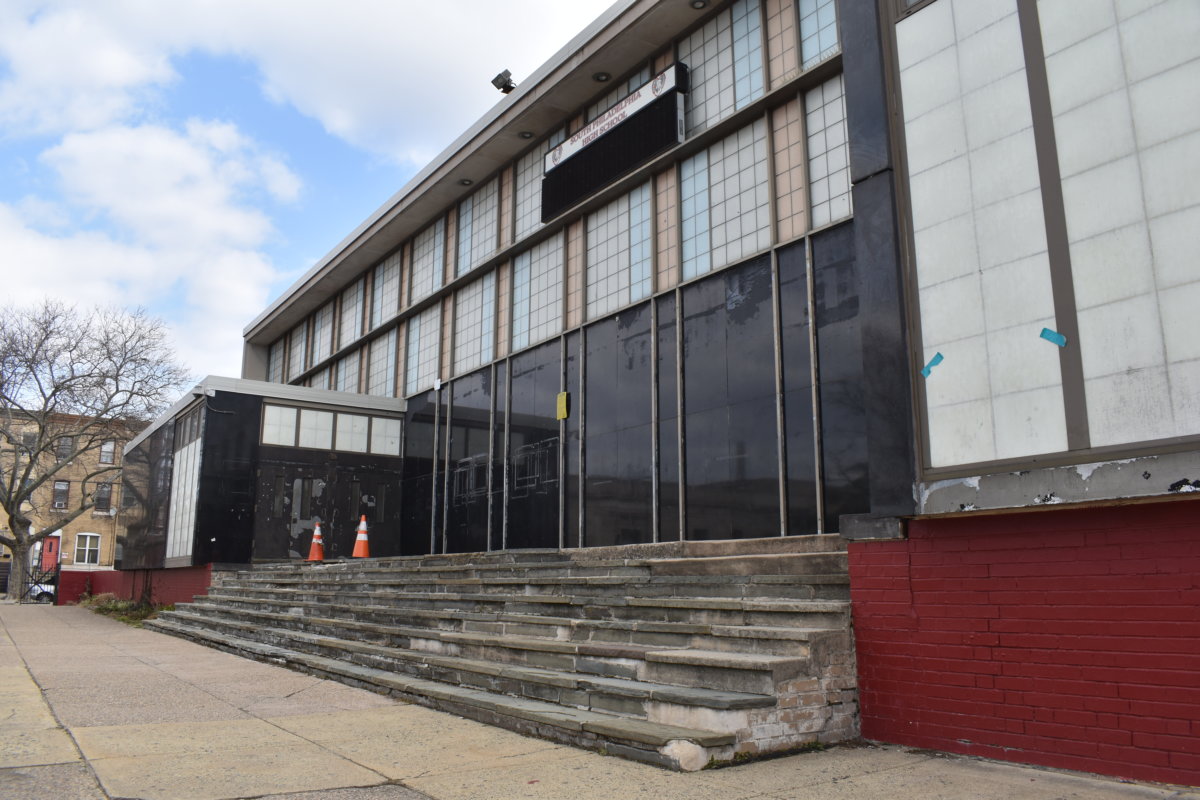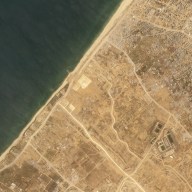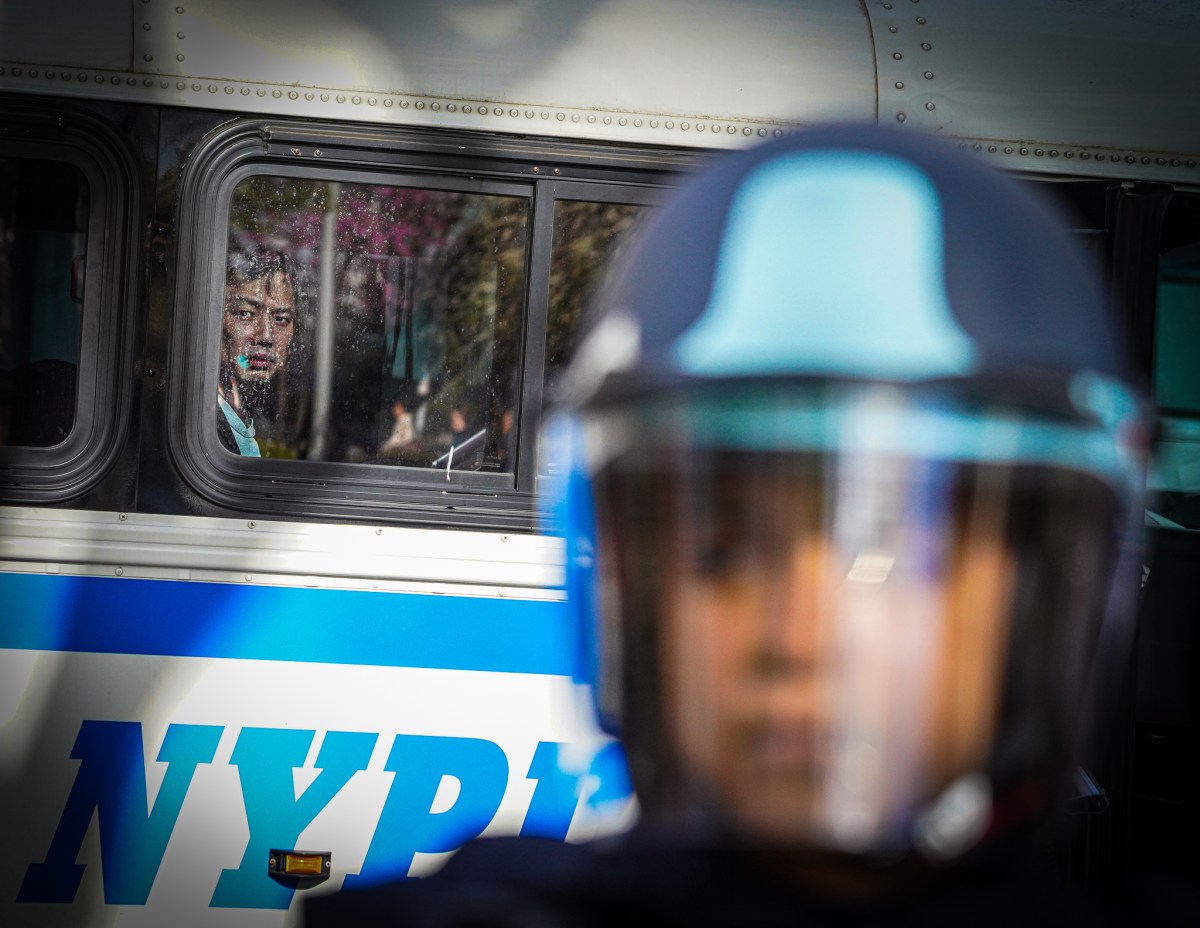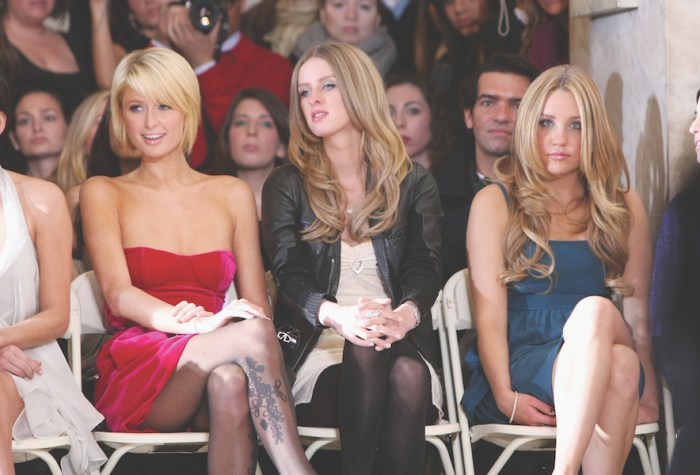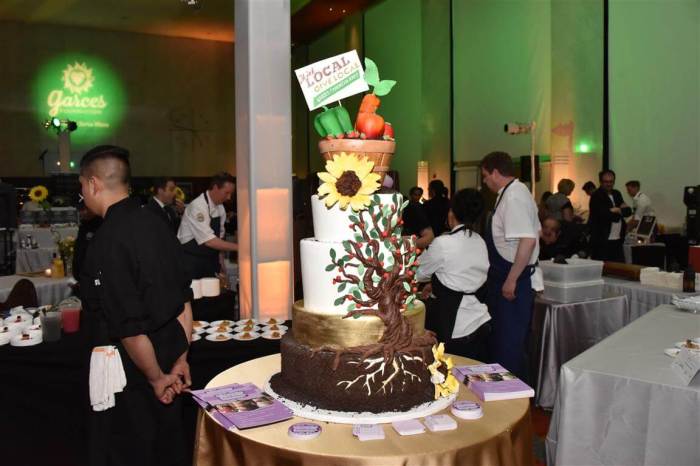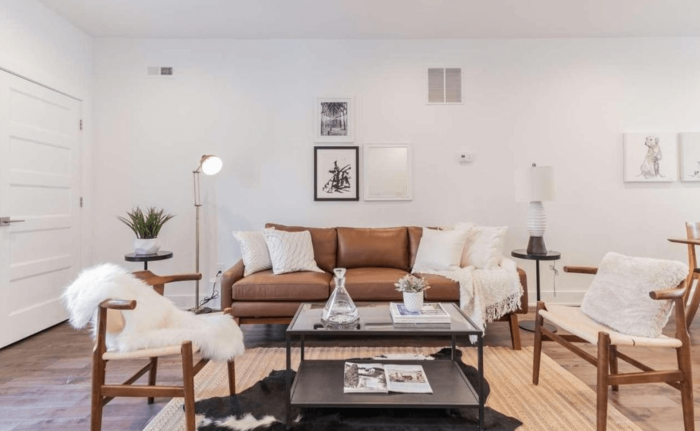Two 80-foot steel columns from the wreckage of the twin towers will never be moved from the lobby of the 9/11 Memorial Museum, standing in stark contrast to the changing world beyond the museum pavilion’s glass exterior.
Seen when visitors first enter the pavilion, this view is meant to symbolize the past, present and future, all of which organizers are hoping to capture in the museum’s exhibitions. [videoembed id=216773]
“It’s a perfect juxtaposition,” explained 9/11 Memorial president Joe Daniels, pointing behind the rusted columns to One World Trade Center.
When museum visitors begin their descent past the columns into the historical galleries beneath memorial, they will first walk through a soundscape of people describing their own memories of the the day’s events.
“We set up the idea that this event was an unprecedented experience of collective witness to a single event,” museum director Alice Greenwald said.
When the museum opens next spring, the historical exhibition will be reached through a long, maze-like slope, twisting seven stories below the memorial plaza.
Beginning with the soundscape, visitors will follow the slope to a long staircase — next to the “survivor’s staircase,” through which hundreds escaped the collapse of the towers — and travel down into the exhibition where, in one large area to the right, victims are memorialized.
To the left, past a closed-off section where 9/11 families can visit unidentified remains of victims, galleries explore the history of the attacks.
In many ways, the layout reflects the museum’s purpose, commemorating what will always be a dark day in the American consciousness, while educating visitors on the historical significance of Sept. 11.
Greenwald, who began working on the museum seven and a half years ago, hopes the galleries will help those born after the attacks grasp their importance.
“It’s a place to be, to pay respects, but also to try to understand the world they’re living in,” Greenwald said.
Like the world after the attacks, Daniels and Greenwald said the museum won’t always stay the same.
“9/11, even today, the reverberations continue to unfold,” Daniels said, noting the museum will explore the continued debate over national security and reserve some space for temporary exhibitions.
Greenwald added that there’s no such thing as a permanent exhibition. To that end, the museum will include a “timescape” that documents stories relating to Sept. 11. Visitors will also be able to reflect on the attacks in a recording studio.
As the aftermath of 9/11 continues, galleries will be updated as well. A recent acquisition, a brick from the compound where Osama bin Laden was killed in 2011, reflects that sense of evolving history.
“The story we document is not over,” Greenwald said.
Follow Anna Sanders on Twitter: @AnnaESanders






